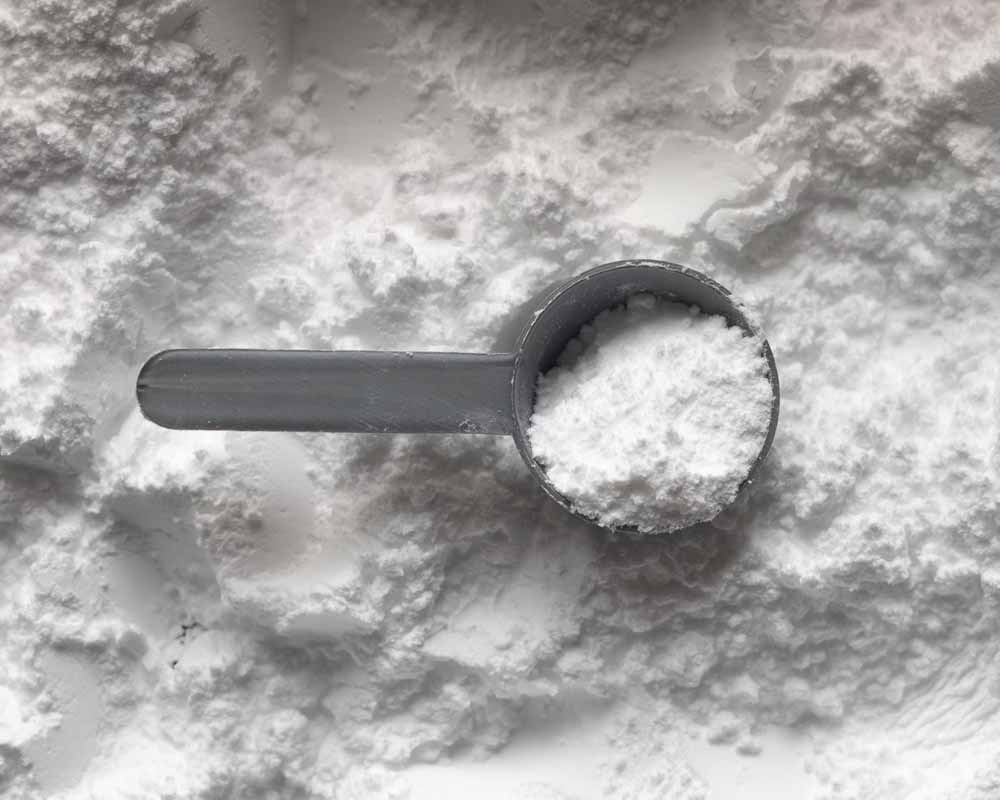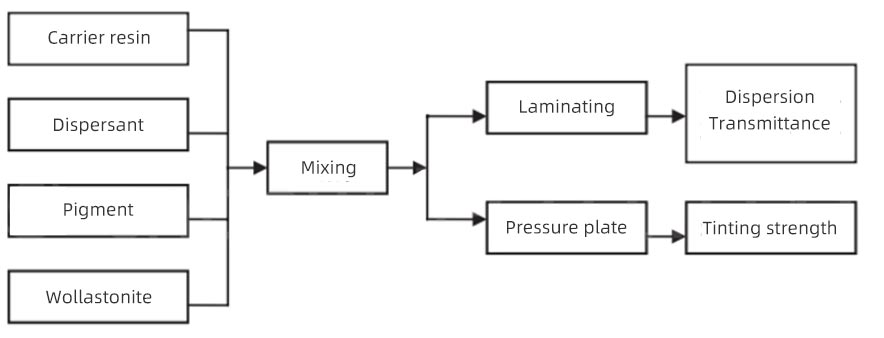Application and development direction of wollastonite
Wollastonite is a calcium silicate mineral, belonging to a chain metasilicate, which is fibrous, radial, needle-like, and plate-like. Mohs hardness is 4.5~5.5, density is 2.75~3.10g/cm³, melting point is 1540℃.
Wollastonite is divided into two crystal forms: α and β. α crystals are usually granular and powdery; β crystals are usually fibrous and needle-like. The aspect ratio is usually 20:1, and the highest can reach 30:1. β crystal fibrous wollastonite has high whiteness, high resistance, high aspect ratio, low oil absorption, low dielectric constant, heat resistance, corrosion resistance, acid and alkali resistance, non-toxic, non-magnetic, and low thermal expansion coefficient. It has the characteristics of small loss on ignition and excellent mechanical properties, and has a certain affinity with plant fibers. In addition, ultrafine wollastonite powder is called "mineral fiber".
The main component of wollastonite is calcium silicate, the chemical formula is CaSiO3, the density is 2.9g/cm³, the Mohs hardness is 4.5, and the refractive index is 1.63.
The characteristics of wollastonite: non-toxic, good thermal stability, glass and pearl luster, excellent mechanical and electrical properties, chemical corrosion resistance, good dimensional stability, low absorption rate and oil absorption value, and a certain reinforcing effect.

Classification of wollastonite (by purpose)
Plastic rubber grade wollastonite: It has unique needle-like fibers, good insulation, abrasion resistance, and high refractive index. It is a good filling material for plastic and rubber products.
Coating machine wollastonite powder: the coating can get better mechanical strength, increase durability, enhance adhesion and corrosion resistance, as well as good coverage and adhesion.
Paper-making grade wollastonite powder: The use of wollastonite to make paper can improve economic benefits. Each ton of ultra-fine wollastonite powder used in papermaking can save 3.6 cubic meters of wood; compared with traditional wood pulp, each ton of ultra-fine wollastonite powder used can reduce costs by 100 to 300 yuan.
Building material grade wollastonite: non-toxic, tasteless, non-radioactive and other advantages have gradually replaced asbestos, which is harmful to human health, and become a new raw material for environmentally friendly building materials in the new century.
Ceramic-grade wollastonite powder: can greatly reduce the firing temperature, shorten the firing time, realize low-temperature fast firing at one time, save a lot of dyes, and significantly reduce product costs; at the same time, improve the mechanical properties of the product.
Friction grade wollastonite powder: needle-like structure, which greatly enhances the friction and heat resistance of the finished product. When the product is filled inside, it can improve the characteristics of friction flexibility and stability.
Product classification of wollastonite
There are mainly two types of high aspect ratio wollastonite and finely ground wollastonite.
The former is a high-end product, which is mainly used in plastics, rubber, asbestos substitutes, paints, coatings and other industries based on its physical and mechanical properties. The latter is a low-end product, mainly in the English ceramics and metallurgical industries. The SiO2 and CaO components in wollastonite provide a low expansion rate and good thermal shock resistance.
Application of wollastonite
- Plastic industry
After wollastonite is processed by special equipment, it maintains a better short fiber structure and a larger length-to-diameter ratio (15:1~20:1). It is used in polyamide (PA) 6, PA66, and polypropylene. In (PP), the physical properties, mechanical properties and heat resistance stability of plastic products have been significantly improved, and they have been promoted and applied in plastic extrusion products, hollow products, blow molding products, injection molding products and various parts.
- Rubber industry
In order to improve the friction and wear properties of rubber materials, self-lubricating materials, inorganic materials and fibrous fillers are usually added to the rubber matrix. As lubricating components, there are PTFE powder, graphite and MoS2. Inorganic materials include bentonite, wollastonite, chopped basalt fiber and nano cellulose. These modified components improve the wear resistance of rubber materials to a certain extent.
- Coating industry
Wollastonite with needle-like structure (length-to-diameter ratio 10:1~20:1), acts as a flattening agent in the coating, improves the mechanical strength of the coating film, and sometimes replaces harmful asbestos in reinforced coatings. In coatings, it is generally used for finer-grained (such as 325 mesh) and fine-grained (10μm) wollastonite powder, because it is beneficial to the hiding power of the coating. Surface-treated wollastonite can be used in industrial alkyd, epoxy and other anti-corrosion coatings to improve the corrosion resistance of metal primers and partially replace active anti-rust pigments.

Substitution of ultra-fine needle-like wollastonite in polyethylene blue masterbatch
- Paper industry
Wollastonite powder can still maintain its unique needle-like structure after a special processing technology, so that whiteboard paper added with wollastonite powder can improve its whiteness, opacity (covering degree of the surface layer), flatness, smoothness, and adaptability. .
- Building Materials Industry
The particle size of wollastonite fiber used in the building materials industry ranges from 100 mesh to 800 mesh. The particle size, aspect ratio and purity of the fiber determine its application in different types of building materials products.
- Metallurgical Industry
About 12-15% of wollastonite in the world is used in the metallurgical industry. This is because wollastonite has low-temperature fluxing properties, stable chemical composition, high purity, and neutral alkalinity. Protective pouring provides ideal raw materials.
- Ceramic industry
Wollastonite can be used to prepare various electric porcelain, building porcelain, daily-use ceramics and brake pads.
- New material industry
The development of new materials in strategic emerging industries provides more opportunities for the application of non-metallic minerals. Wollastonite plays a role as a functional filler, and together with other non-metallic minerals, it contributes to the development and growth of the new material industry.
Development direction of wollastonite industry
- Processing technology of wollastonite needle-like powder with high aspect ratio (>15:1)
- A complete set of special processing equipment and corresponding separation equipment
- Wollastonite powder with finer particle size
- Excellent modification method and good modifier of wollastonite powder
Article source: China Powder Network
